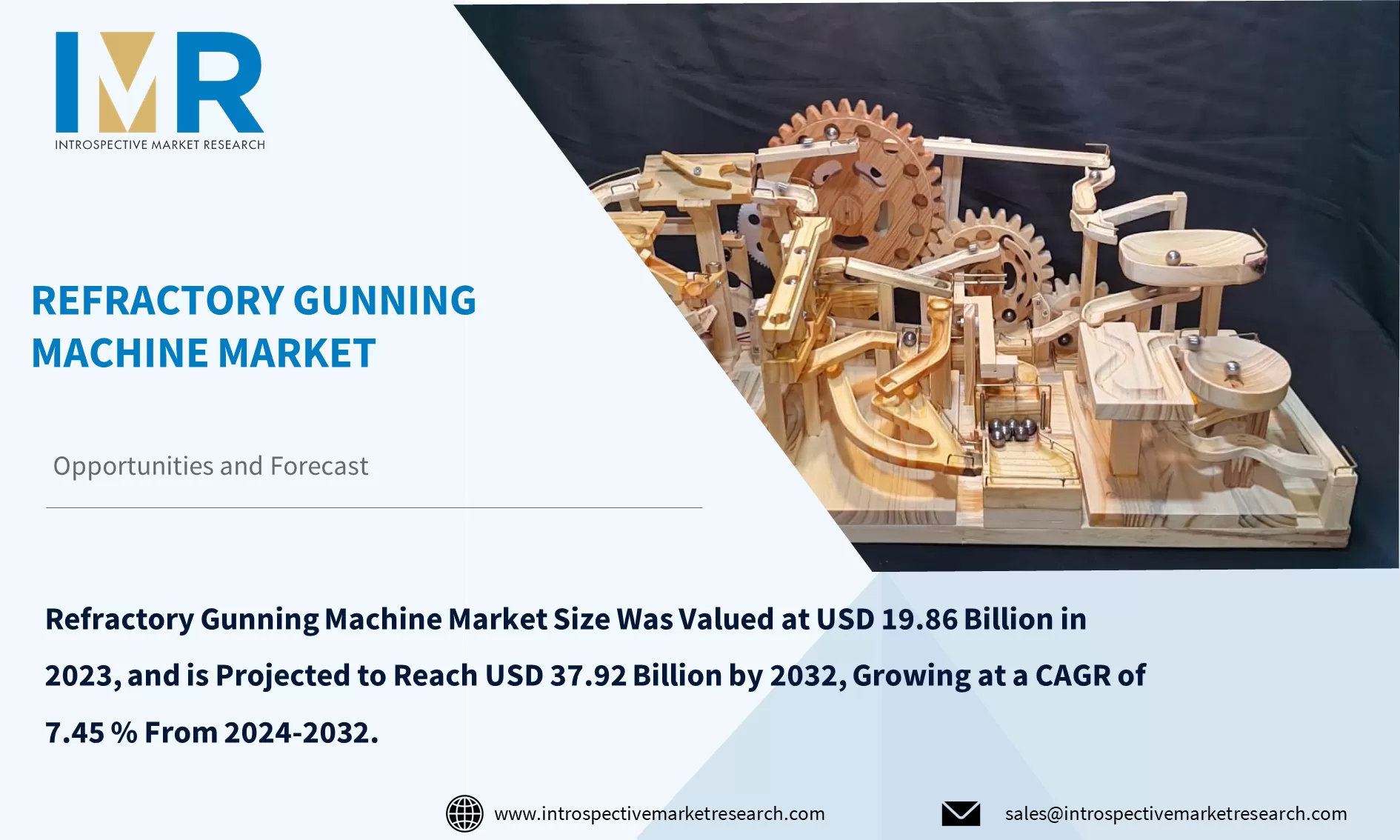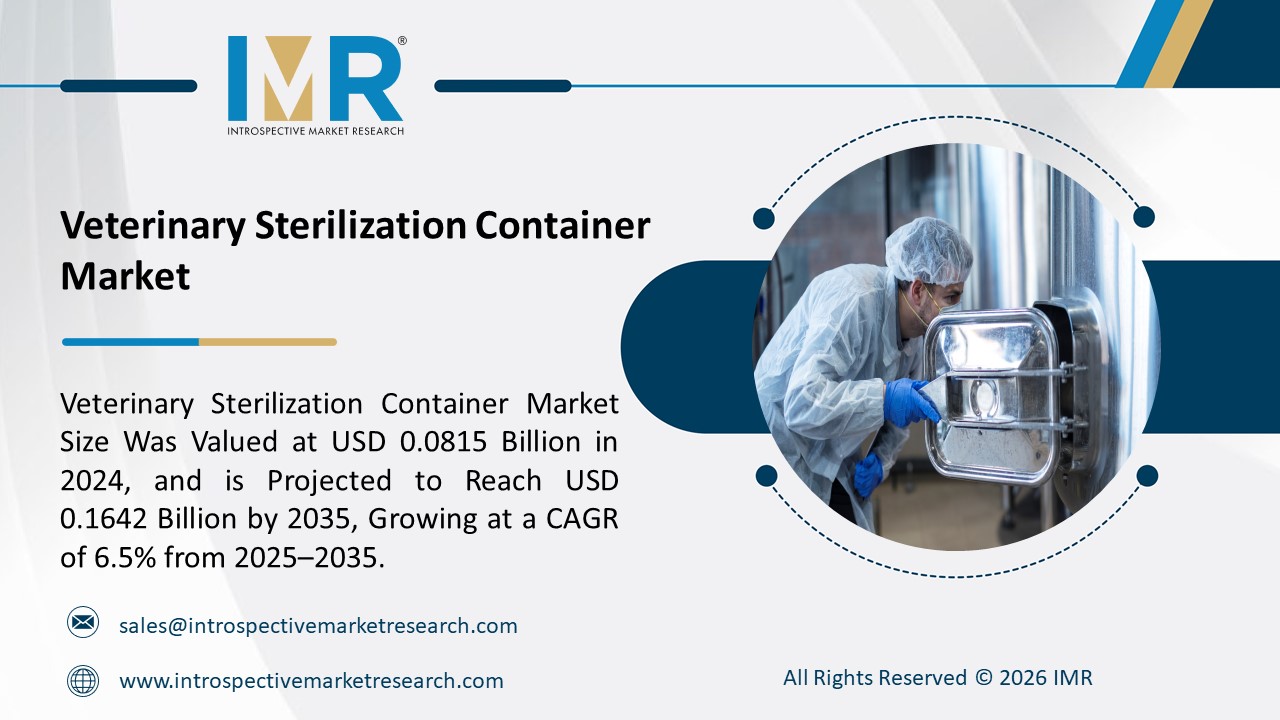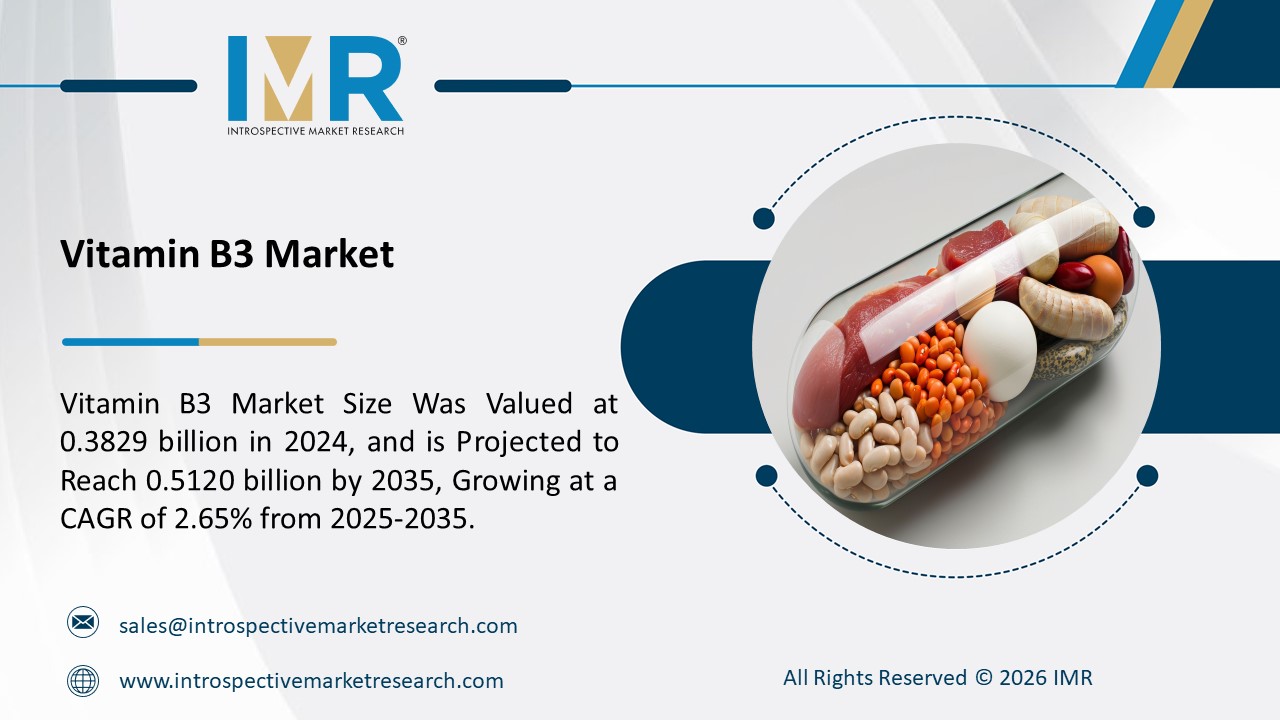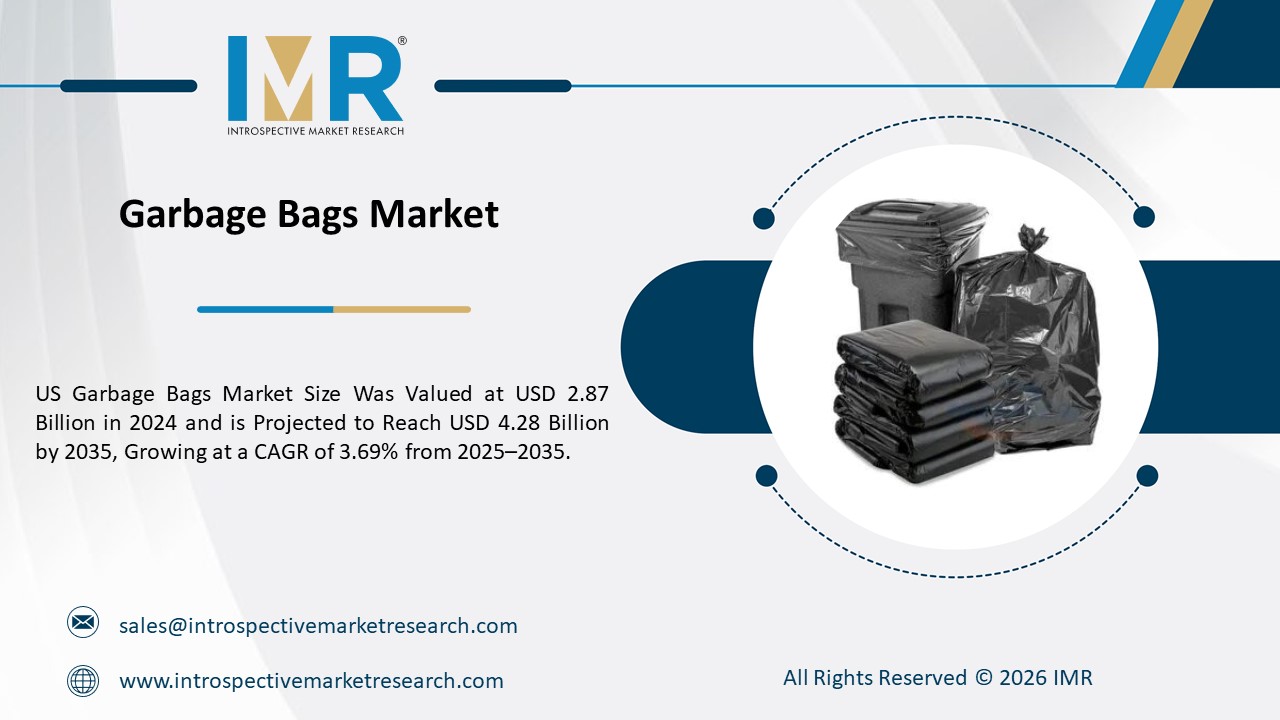
Global Refractory Gunning Machine Market
According to a new report published by Introspective Market Research, titled, ?Refractory Gunning Machine Market by Component, Deployment, Enterprise Size, Application: Global Opportunity Analysis and Industry Forecast, 2024?2032,?
the Global Refractory Gunning Machine Market Size Was Valued at USD 19.86 Billion in 2023, and is Projected to Reach USD 37.92 Billion by 2032, Growing at a CAGR of 7.45 % From 2024-2032.
Refractory gunning machines are essential industrial tools used in the construction and maintenance of high-temperature structures like furnaces and kilns. Their main function is to efficiently apply refractory materials to various surfaces, forming protective linings. Refractory gunning machines offer numerous advantages, such as improving operational efficiency through consistent and controlled application of materials, thereby reducing waste and optimizing material use.
The Refractory Gunning Machine Market is segmented into Type, Technology, Application, and region. By Type, the market is categorized into Dry Powder Mixing and Wet Mixing. By Technology, the market is categorized into Hydraulic and Pneumatic. By Application, the market is categorized into Steel Industry, Mining Industry and Cement Industry. By region, it is analyzed across North America (U.S.; Canada; Mexico), Eastern Europe (Bulgaria; The Czech Republic; Hungary; Poland; Romania; Rest of Eastern Europe), Western Europe (Germany; UK; France; Netherlands; Italy; Russia; Spain; Rest of Western Europe), Asia-Pacific (China; India; Japan; Southeast Asia, etc.), South America (Brazil; Argentina, etc.), Middle East & Africa (Saudi Arabia; South Africa, etc.).
The significant surge in demand within the steel industry emerges as a key driver fueling the strong expansion of the Refractory Gunning Machine Market. With the steel sector witnessing an upward trend attributed to the rise in global infrastructure and construction projects, there is an essential need for refractory materials. Consequently, the demand for advanced gunning machines has become indispensable. Refractory gunning machines play an active role in facilitating the steel production process by ensuring the precise and efficient application of refractory materials. This, in turn, safeguards furnaces and other crucial high-temperature components essential for steel manufacturing.
The Refractory Gunning Machine Market is set for significant growth, driven by the increasing adoption of automation in industrial operations. As industries seek to enhance efficiency and precision through automation, refractory gunning machines are poised to benefit from this trend. Automating the application of refractory materials ensures a consistent and controlled process while also improving safety by minimizing human exposure to high-temperature and hazardous environments.
Global Refractory Gunning Machine Market, Segmentation
The Refractory Gunning Machine Market Segmented on the basis of Type, Technology, and Application, and region.
Type:
Anticipation of the Dry Powder Mixing segment's dominance is rooted in its crucial role within the Refractory Gunning Machine Market, providing heightened efficiency and flexibility. The dry powder mixing process involves blending dry refractory materials with water at the nozzle, allowing precise control over the mixture composition on-site. This method ensures consistent distribution and adherence of refractory materials on surfaces, which is essential for constructing and maintaining high-temperature linings in various industrial applications. The active preference for dry powder mixing is propelled by its versatility, enabling the utilization of a diverse range of refractory materials, such as alumina, silica, and chrome-based formulations, to meet specific industrial requirements.
Application:
The Refractory Gunning Machine Market is predominantly led by the Steel Industry segment, holding the largest share, given its pivotal role as the primary consumer of these machines. Specialized machines within this segment play a critical function in the steel manufacturing process, efficiently applying refractory materials to high-temperature surfaces like furnaces and ladles. With the global demand for steel on the rise, propelled by infrastructure development and construction projects, the necessity for refractory gunning machines becomes paramount. Their active involvement in both furnace lining repair and new construction projects within the steel industry positions them as indispensable tools, ensuring the durability and longevity of refractory linings in vital components.
Region:
The Refractory Gunning Machine Market is expected to be dominated by the Asia Pacific region, playing a pivotal role in its growth trajectory. The region's ascendancy is linked to robust industrialization, particularly in countries such as China and India, where rapid infrastructure development and expanding manufacturing sectors contribute significantly to the demand for refractory gunning machines. The flourishing steel and cement industries in the region actively propel the necessity for these machines, given their crucial role in furnace lining maintenance and construction, ensuring the efficient operation of manufacturing facilities.
Some of the leading Refractory Gunning Machine market players are
- EZG Manufacturing (US)
- Pledge International (US)
- Blastcrete Equipment Company (US)
- Shotcrete Technologies (US)
- Alcon Industries (US)
- Ecoteq Equipment (Canada)
- Alimak Hek Group (Sweden)
- Interpump Group (Italy)
- Putzmeister Holding GmbH (Germany)
- Cementos Refractarios Tudela (Spain)
- Blastcrete Europe (UK)
- Gaode Equipment (China)
- Sany Heavy Industry (China)
- Zoomlion Heavy Industry Science & Technology Co., Ltd. (China)
- Kawasaki Heavy Industries (Japan)
- Hitachi Construction Machinery (Japan)
- Reftec International (Australia)
- Antec Engineering (Australia)
- MBE Refractory Solutions (South Africa)
- Bricomax Industrial (Brazil), and Other Major Players.
Key Industry Developments
- In May 2024, HWI, a member of Calderys, will reinforce its commitment to assist customers with their energy transition needs through active participation in the event?s technology conference. HWI involvement includes experts from teams in Brazil and the United States. Their technical program activities underscore a commitment to pioneering the future of steelmaking operations through refractory industry solutions that enhance safety, create efficiencies, and reduce energy consumption.
Key Findings of the Study / Key Industry Developments.
- By Type, Dry Powder Mixing segment is expected to dominate the market during the forecast period
- By Application, Steel Industry segment held the largest share of 48.12% in 2023
- Asia Pacific region is experiencing increased investments across various sectors, including mining and power generation, further driving the demand for refractory gunning machines.





